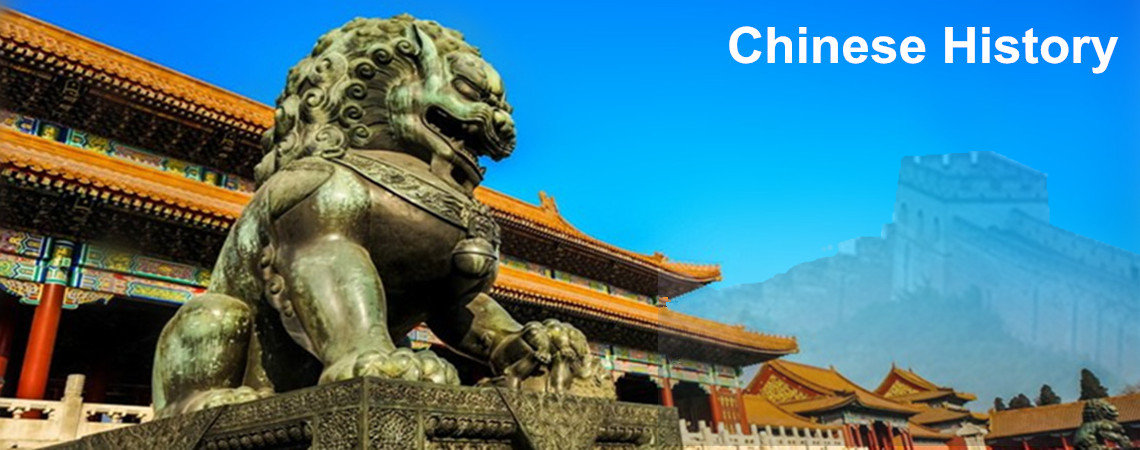
Five Hus and Sixteen States
'Five Hus'means five specific ethnic groups of ancient China, including the Huns, Xianbei, Jie, Di and Qiang.
The sixteen states are Qian Zhao, Hou Zhao, Cheng Han, Qian Yan, Hou Yan, Nan Yan, Bei Yan, Qian Liang, Hou Liang, Nan Liang, Bei Liang, Xi Liang, Qian Qin, Hou Qin, Xi Qin and Xia.
In the latter part of the Western Jin, the power struggle became increasingly intense. The explosion of the 'Rebellion of the Eight Kings' further weakened the regime of the Western Jin Court, thus providing an opportunity for foreign ethnic tribes to invade the northern territory of Jin. After the royalty of Jin moved to the southern area, the Yellow River Valley in the north became the target of those ethnic tribes. Five tribes successfully conquered the northern area of China and gradually established 16 states, and the so called 'Five Hus and Sixteen States' came into being.
The history of Five Hus and Sixteen States is chaotic. Generally speaking, this period can be divided into two phases, with the Battle of Feishui in 383 as the dividing line. Before the Battle of Feishui, the Qian Qin dominated the other states. But Qian Qin was destroyed soon after the battle. The political situation was more severe and complex in the latter phase. The social turbulence was more serious and people suffered more hardship.
Due to continuous warfare, the development of culture, politics and the economy was hurt badly in this area. However, one positive result from the inward movement of the ethnic tribes was that it paved the way for the future national integration of China, now an ethnically diverse world power.







 Ask Questions ?
Ask Questions ?